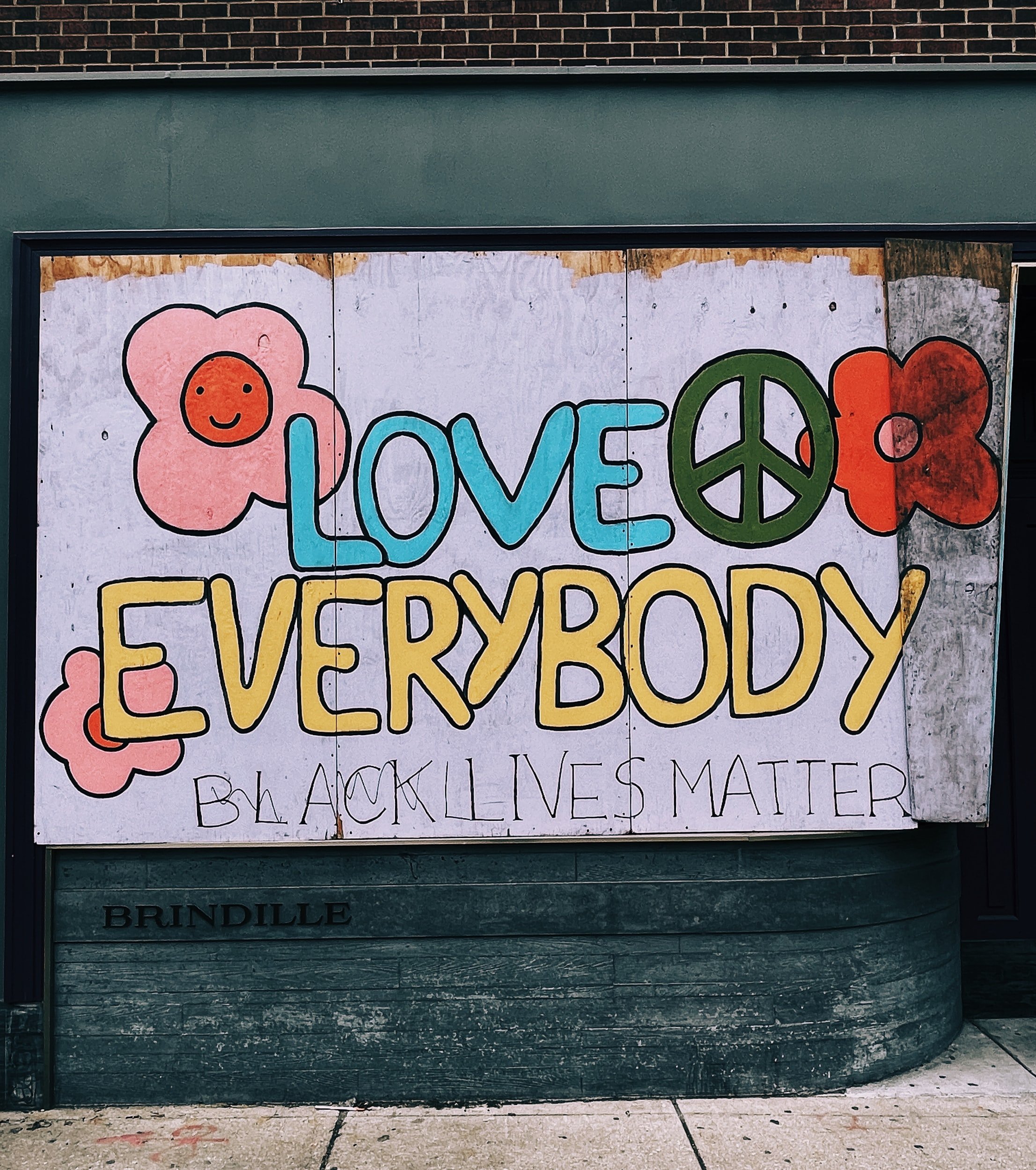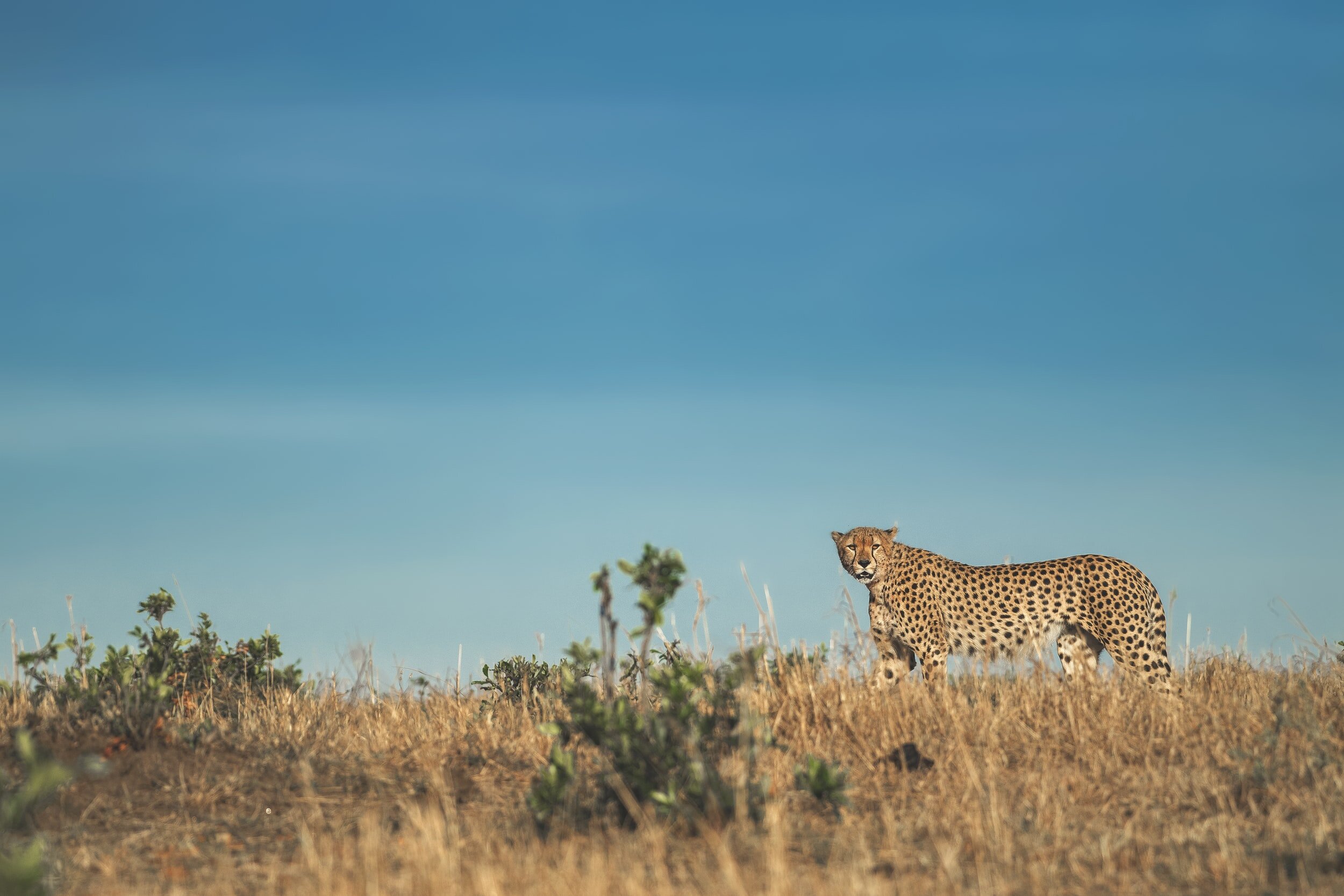This is the blog post I never wanted to write.
Picture it:
One moment I’m in nature under gloriously scented pines, reveling in the crisp air, smelling intoxicating coffees percolating at surrounding campsites, hearing the laughter of families and friends on a holiday weekend. The next, a massive fire truck and ambulance are there to tend to my injuries after a brutal, inescapable attack from a canine.
With more and more people turning to somatic modalities for healing stress, anxiety and trauma, (not to mention chronic sleep difficulties, digestive issues, autoimmune conditions and relationship and boundary issues), it’s often easy to overlook how transformative these somatic modalities can be when shock trauma happens.
In a situation of inescapable attack - like with an unpredictable animal, or being robbed at knifepoint or a sexual assault - the nature of the threat is such that it’s often impossible to fight or flee, our first lines of protective responses. When those options don’t work, freeze is often the only other life-saving option available. And while helpful in the short-run, over the long run unless those defensive orienting responses are completed in the nervous system, serious complications can arise.
In this blog post, I share three things I recently did when faced with an inescapable attack to mitigate the likelihood of developing symptoms of post-traumatic stress.
1. Physical support
When I was attacked by a 70 lb dog earlier this year, as good fortune would have it, a park ranger was coming around the bend on a golf cart and saw the whole thing. He asked what I needed and my training as a Somatic Experiencing Practitioner kicked in. When experiencing a shock trauma, the human nervous system needs to co-regulate with another system if at all possible. Intuitively, I asked the kind ranger to place his hand on my shoulder and keep it there for a while.
By doing so, my body avoided going into overwhelm. It trembled and shook, and the supportive physical contact helped my nervous system feel contained.
Later, while we waited for the paramedics to arrive, the other ranger Paige and I sat together back to back. (Also - big shout out to both her and John for their wise compassionate care!)
Because our mammalian nervous system is like that of other animals, our bodies know we are safe and the ordeal is over when we can experience that kind of supportive, non-judgmental physical contact.
Just like you will intuitively kiss a child’s boo boo, offering physical contact in the moment can do a lot to prevent the development of long term symptoms (like in my case avoiding places where there are large dogs or going camping again, a common symptom of unresolved post-traumatic stress).
It certainly did for my system.
2. Singing
As we waited for care to arrive on the narrow mountain road under the majestic trees, I was reminded of and started spontaneously singing the childhood classic “My Favorite Things” from The Sound of Music:
When the dog bites
When the bee stings
When I’m feeling sad,
I simply remember my favorite things
And then I don’t feel so bad!
And while the lyrics were helpful, what was really powerful was that my nervous system was naturally reaching for a very wise strategy.
The vagus nerve, the largest nerve in the body, contributes greatly to our self-regulation. The ability to calm down when we are too agitated – but also to reach for the healthy aggression that can often help protect us – is all related to the functioning of this massive nerve. Things that help support vagal tone including humming, chanting and singing, and spontaneous social engagement.
By singing, not only was my mind distracted from the blood gushing down my leg and the searing pain (Cream colored ponies and crisp apple strudel, doorbells and sleigh bells and schnitzel with noodles), but I was able to discharge some of the build up of energy that could have easily lead to an anxiety or panic attack or even shock, a critical condition brought on by the sudden drop in blood flow through the body.
Plus when Paige joined in and sang with me, I actually had a moment of relief in what could have been an utterly terrifying and isolating experience. (Remember one definition of trauma is anything that overwhelms our capacity to cope, and leaves us feeling helpless, hopeless or unable to respond).
Trauma is anything that overwhelms our capacity to cope, and leaves us feeling helpless, hopeless or unable to respond.
By discharging the high level of energy in my system in a conscious way supported by presence, I was able to advocate for myself and hopefully prevent further traumatization (which often happens after a shocking incident like a car accident, fall, or dog bite).
3. Social engagement
After experiencing some physical support with contact from the park rangers, followed by the singing, there was one more piece that helped me regulate enough to be able to think clearly.
When the massive fire truck and paramedics arrived, I let the folks near me know it was important to speak in low voices. I also gently let them know that, despite the fact that it was a sunny summer morning, I needed the emergency response folks who were helping me to take off their sunglasses to make eye contact with me.
(I should add that it was wonderful, empowering and affirming that they did - and not something I took for granted or would have necessarily happened for others, unfortunately).
Again, because we are mammals, the need for contact with other mammals of the same species was incredibly helpful to my limbic system and other subcortical brain structures. These are the parts of the brain that keep our hearts beating, our lungs pumping and keep us alive with no conscious effort on our part.
This system (the autonomic nervous system) is what is keeping you alive all day every day.
Because eye contact is one of the primary ways we attach to other human beings for safety (check out what a baby does when there is a loud sound - it will often orient to the eyes of the primary caregiver), it’s incredibly helpful. If you’ve ever tried to have an intimate conversation with someone wearing sunglasses or glued to their phone and felt really uncomfortable, this is why.
By simply letting folks know that my nervous system needed low voices and eye contact (kind of like a vulnerable baby does), the experience of medical intervention was far less jarring and traumatic.
While I certainly would have preferred to enjoy an easy weekend of camping, by having these somatic tools in my back pocket and using them, I’m hopeful I’ll continue to recover from my injuries.
I hope you’ll reflect on these tools for regulation and how you might use them not only in a crisis, but in your daily life - at home, at work, on vacation and with the populations you serve. By doing so, you are taking an active role in your own healing and that of us all.
Let me know how it goes!












